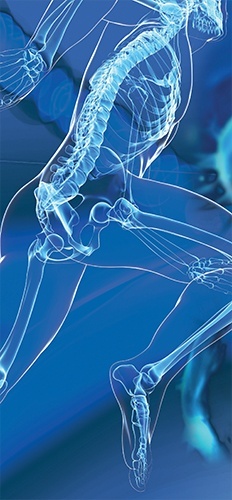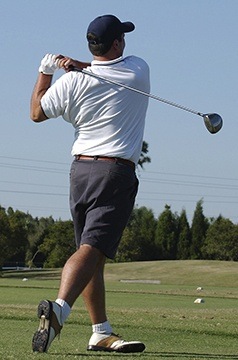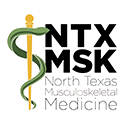FAQs
Why Regenerative Orthopedics?

Is PRP right for me?
Tendon, ligament, and cartilage injury or degeneration due to osteoarthritis are generally improved through PRP or Stem Cell Therapy. The procedures are less aggressive and less expensive than surgery. They are shown to heal tissue with minimal or no scarring and reduce further degeneration of the tissues.
Can Regenerative Orthopedic Procedures prevent surgery?
Most soft tissue injuries have portions intact, making regenerative injections a preferred approach. If the tissue is completely torn, however, surgery is most likely required.
What are the Potential Benefits of Regenerative Orthopedic procedures?
Patients generally see a significant improvement in symptoms which may eliminate the need for more aggressive treatments, such as long-term medication use or surgery. Regenerative Orthopedic procedures also allow for a more rapid return of function.
What is the success rate?
Studies show that approximately 86% of the patients who responded said they were satisfied with their treatment and would do it again.
What is the advantage of Stem Cell Therapy over PRP or Dextrose Prolotherapy?
Sometime local stem cells that are activated in the PRP process have become depleted, particularly in the case of chronic injury or osteoarthritis. The demand has simply exceeded the supply for too long. In this case, stem cells must be brought in from a different source. Mesenchymal stem cells can differentiate into functional cells, but their primary healing benefit is their role in directing healing cells through a process call "signaling."
Why regenerative procedures instead of cortisone?
Cortisone injections (also known as corticosteroid injections) and Regenerative Orthopedic injections are both very effective at reducing joint pain, but for very different reasons. They are essentially opposite ends of the pain-relief spectrum.
Corticosteroid injections stop the inflammatory process necessary in the healing process. The problem is that if you have a small tear in the tissue that needs to heal, cortisone essentially stops the healing process. In addition, the corticosteroids are well known for breaking up collagen bonds. Tendons are a large cable made of collagen. Corticosteroid injections can weaken the tendon and make it more likely to rupture or completely tear.
Why is PRP often used with Cell Based Therapy?
PRP is rich in growth factors and proteins that accelerate and boost tissue healing and repair. PRP also attracts more stem cells to the site.
Payment
Are Regenerative Procedures covered by insurance?
No, these procedures are too new to be covered. Most health insurance plans will cover the initial evaluation. However. NTXMSK takes most major insurance plans, and we will submit the initial consultation to your carrier. NTXMSK charges standard office visit fees for the initial evaluation. Care Credit payment is also an option through NTXMSK.
What is the cost?
Cost varies according to the location and complexity of the injury. Cost generally ranges from $500 for a simple joint to $1200 for a more complex injection of the spine.
Is PRP a good value?
PRP is a long-term solution because it actually helps to heal the injury and source of the pain. Many current treatments to joint injury merely mask the pain by temporarily reducing inflammation with cortisone and NSAIDS. Because they are temporary, they usually require repeated treatments for an indefinite period.

Before and after procedures
Can I drive after my procedure?
If you have taken any type of sedative, you MUST have a driver. All other procedures do not require a driver. However, we highly recommend having one. You may feel sore or have numbness after your procedure. Every patient responds differently, and it is best to take precautions to ensure your safety.
Should I eat before my appointment?
A light meal and plenty of water about 1-2 hours before the procedure and good hydration the day before is recommended. Water improves cell hydration and lessens the discomfort of the injections. Food diminishes the likelihood of dizziness. Patients report less discomfort when they drink water right up to the time of the injections.
When will I notice improvement?
It depends on the patient, but typically patients show improvement 8-12 weeks after procedure with continual improvement for months after treatment. Some patients, however, show improvement within 3 weeks.
When can I return to normal activities?
You will experience soreness for a few days, but most people return to regular activity and work the next day. For people with jobs that require load-bearing activity (eg,heavy lifting), it is best to refrain from this type of activity or any strenuous exercise for a short period.
Are there any special instructions?
You are restricted from the use of non-steroidal anti-inflammatory drugs (NSAIDs) 1 week prior to the procedure and throughout the course of treatments. Initially, the procedure may cause some localized soreness and discomfort. Most patients only require extra-strength acetaminophen (eg, Tylenol) to help with the pain. Ice may be applied to the area as needed.
